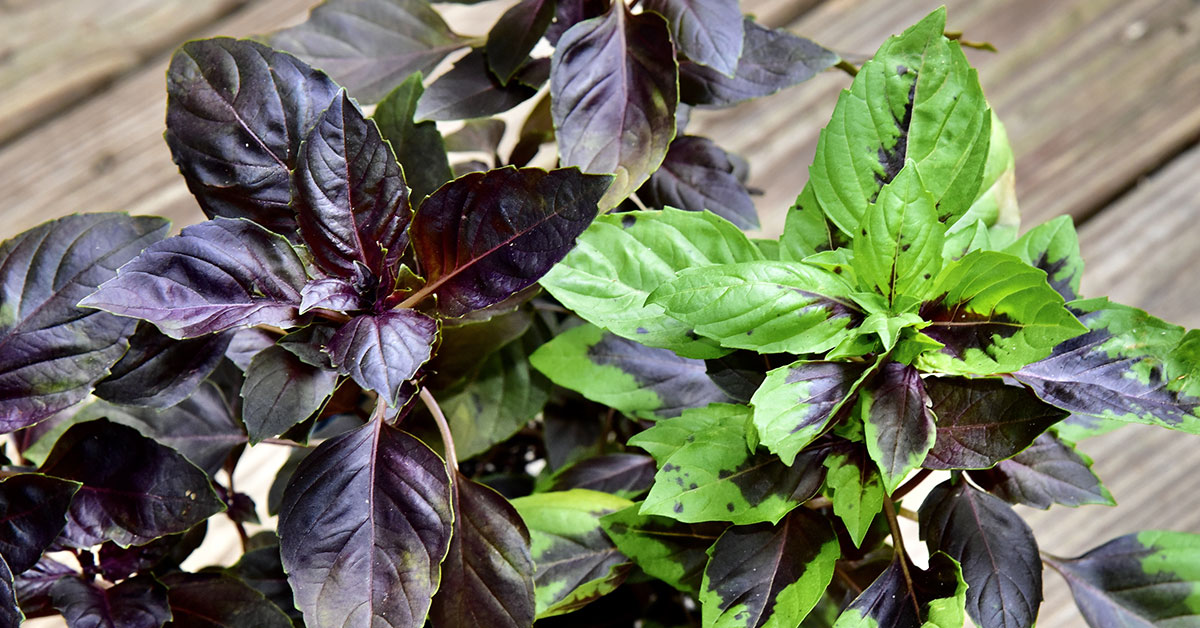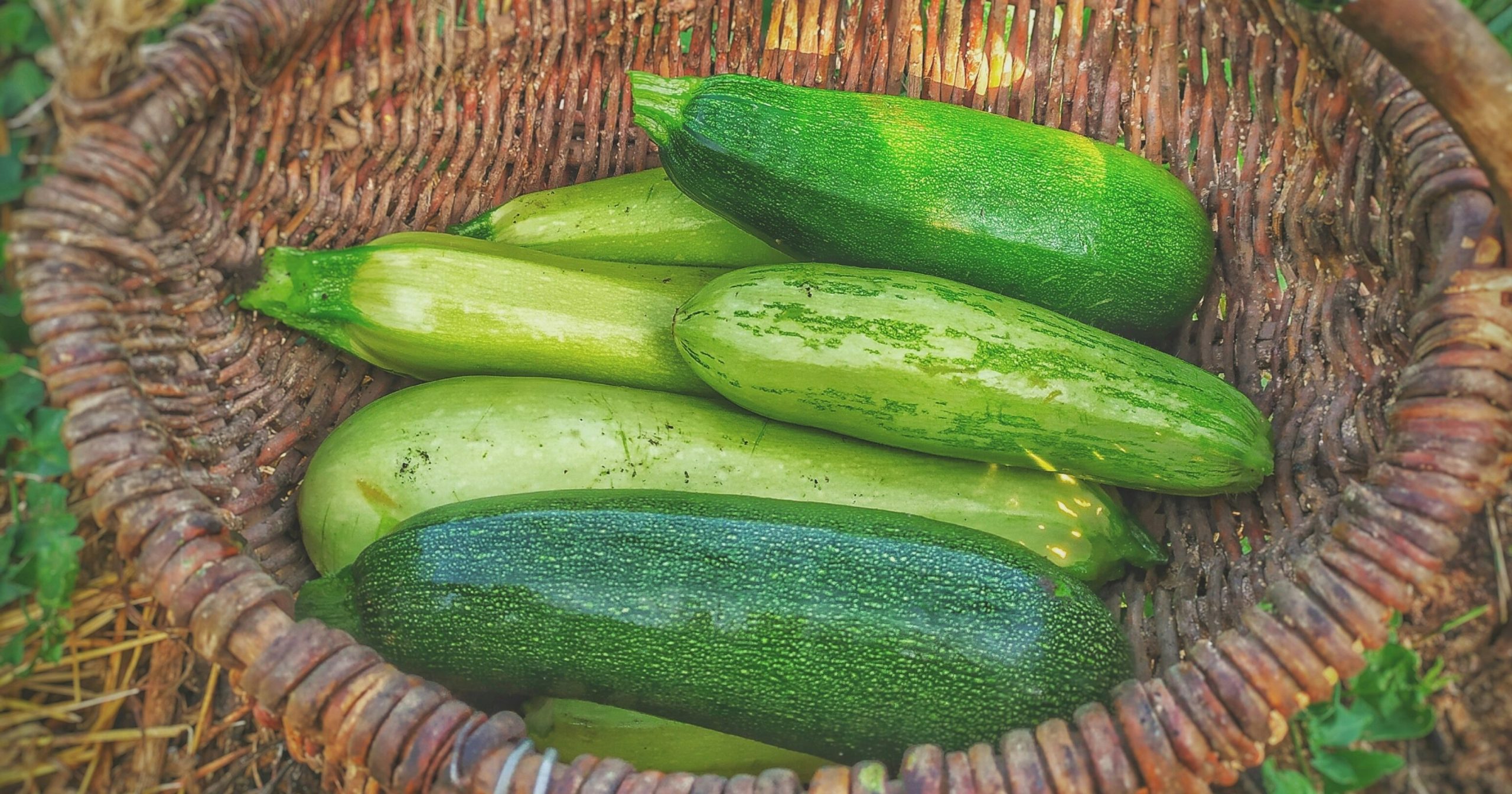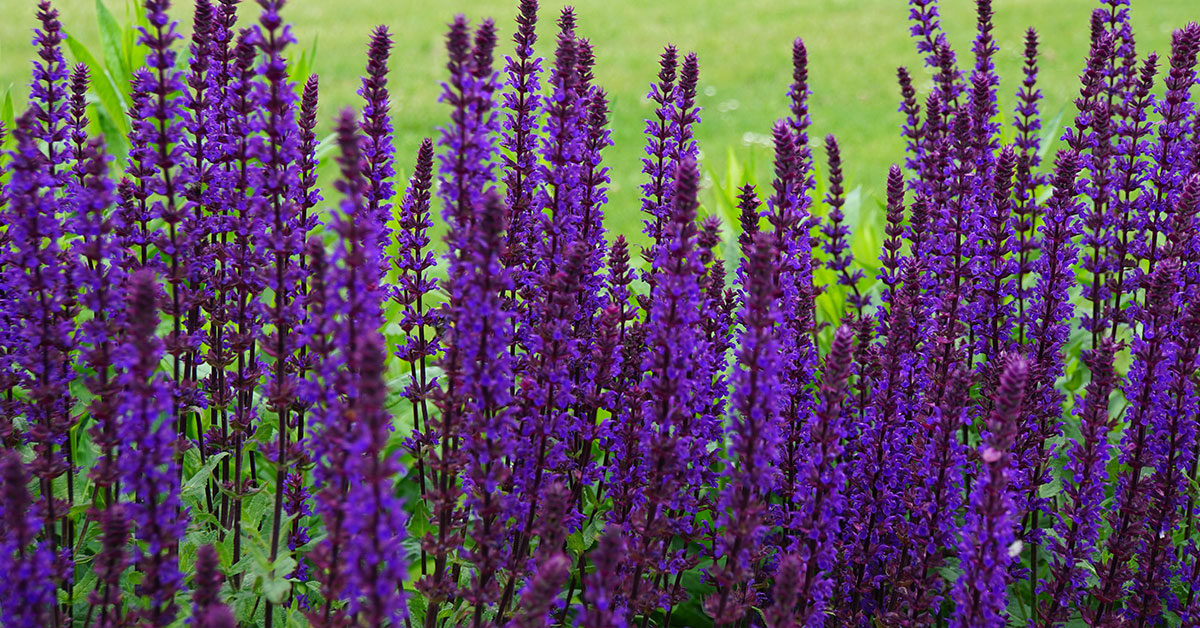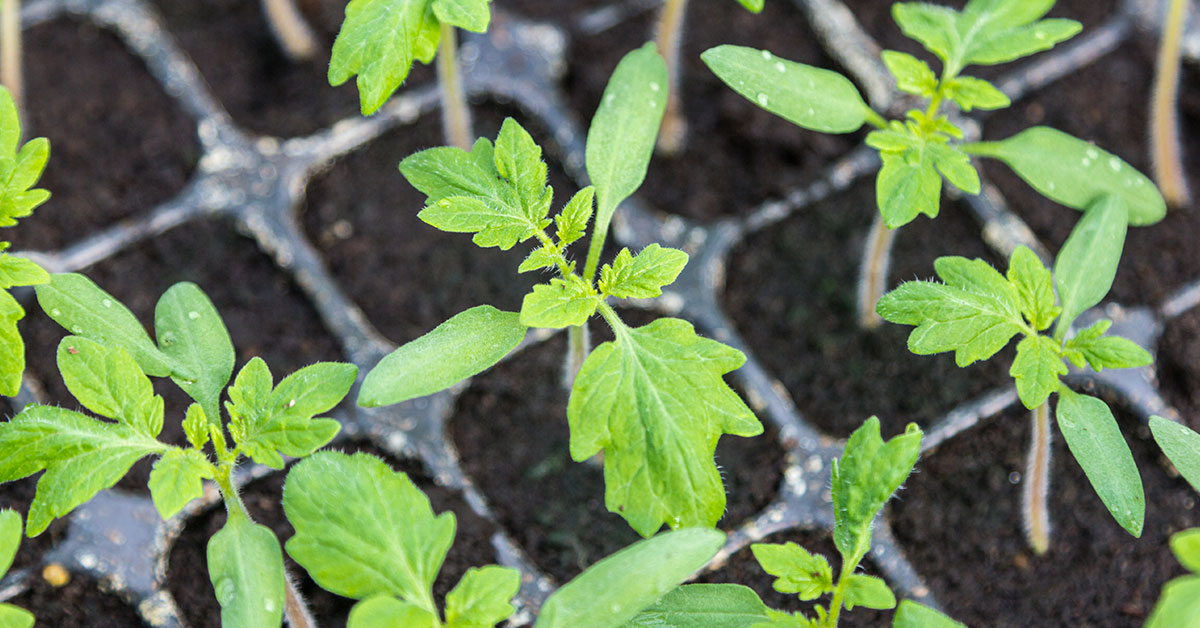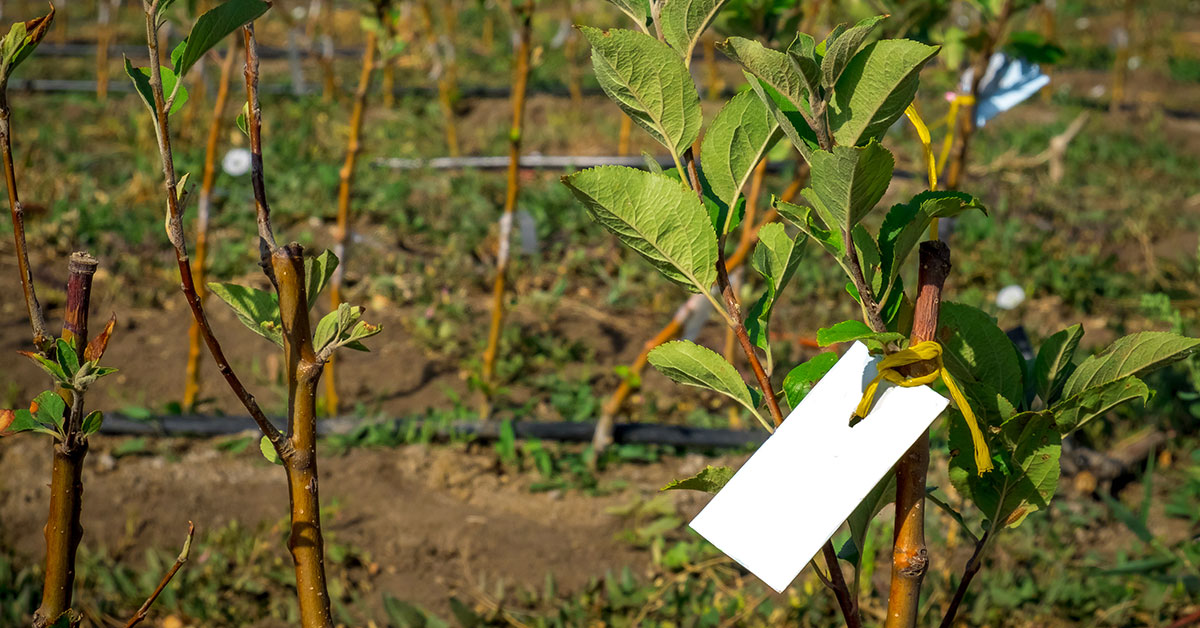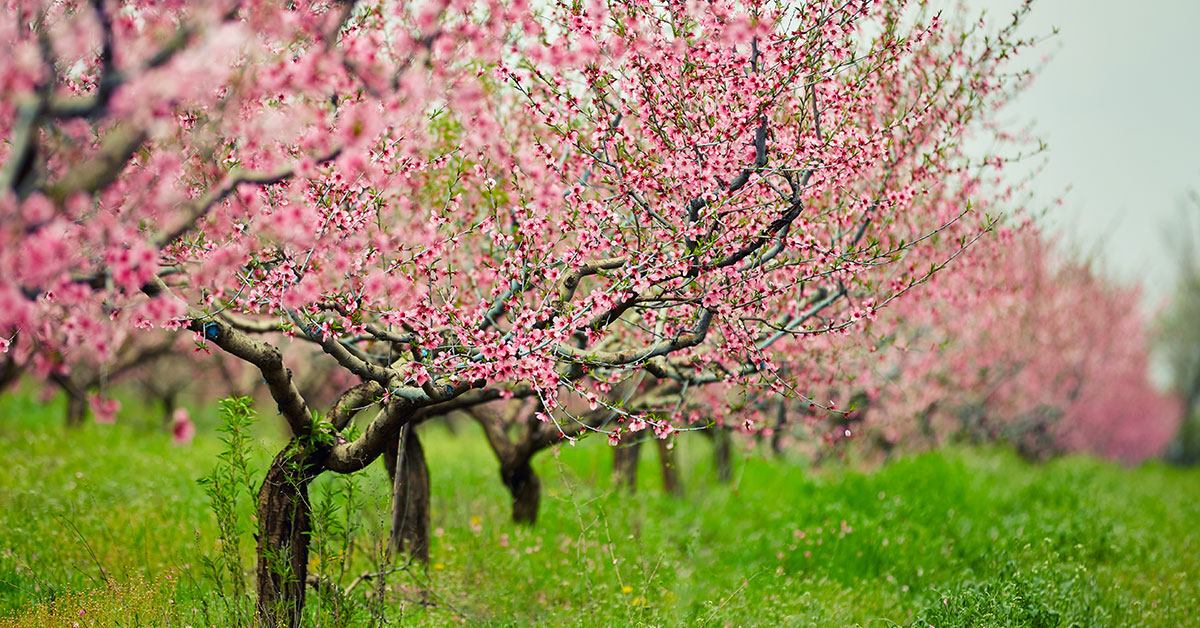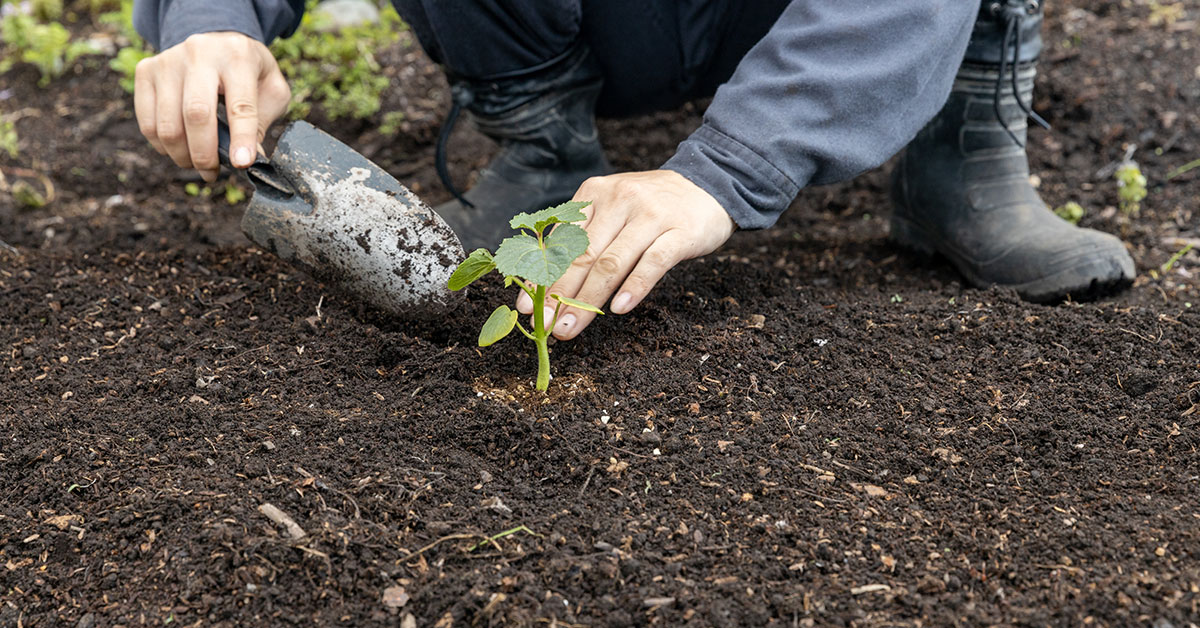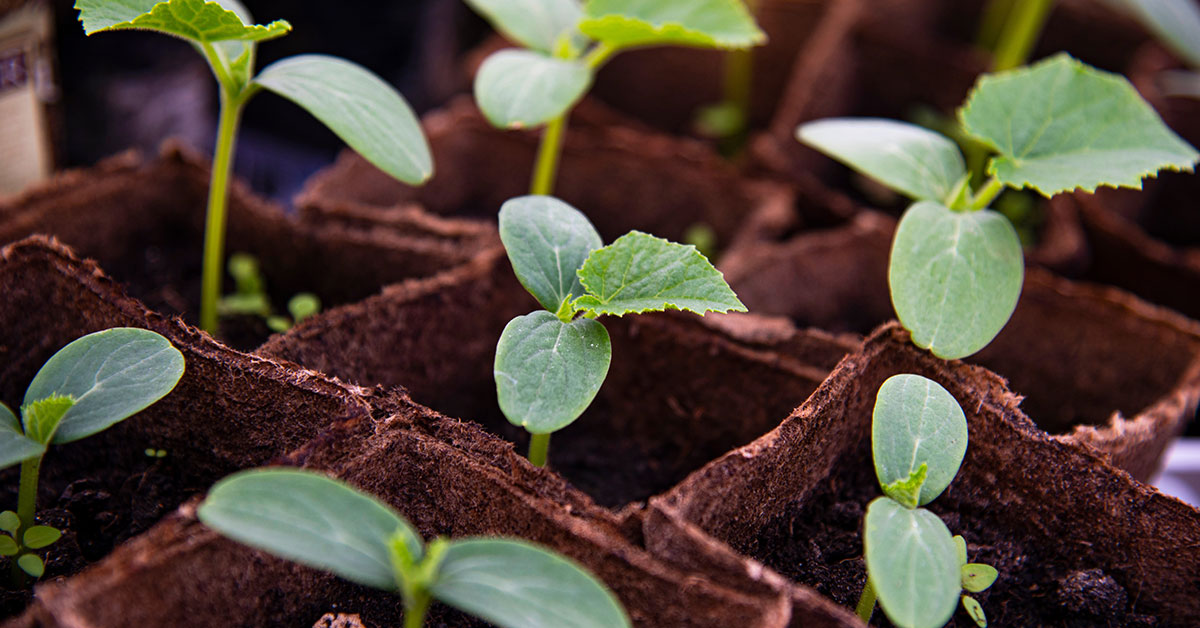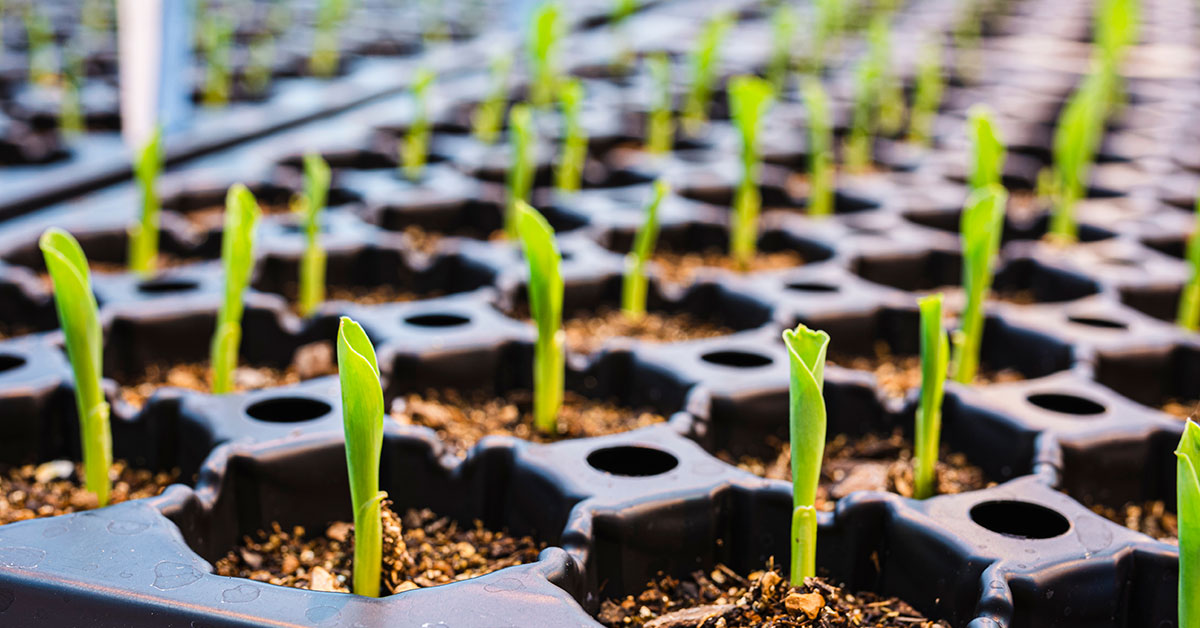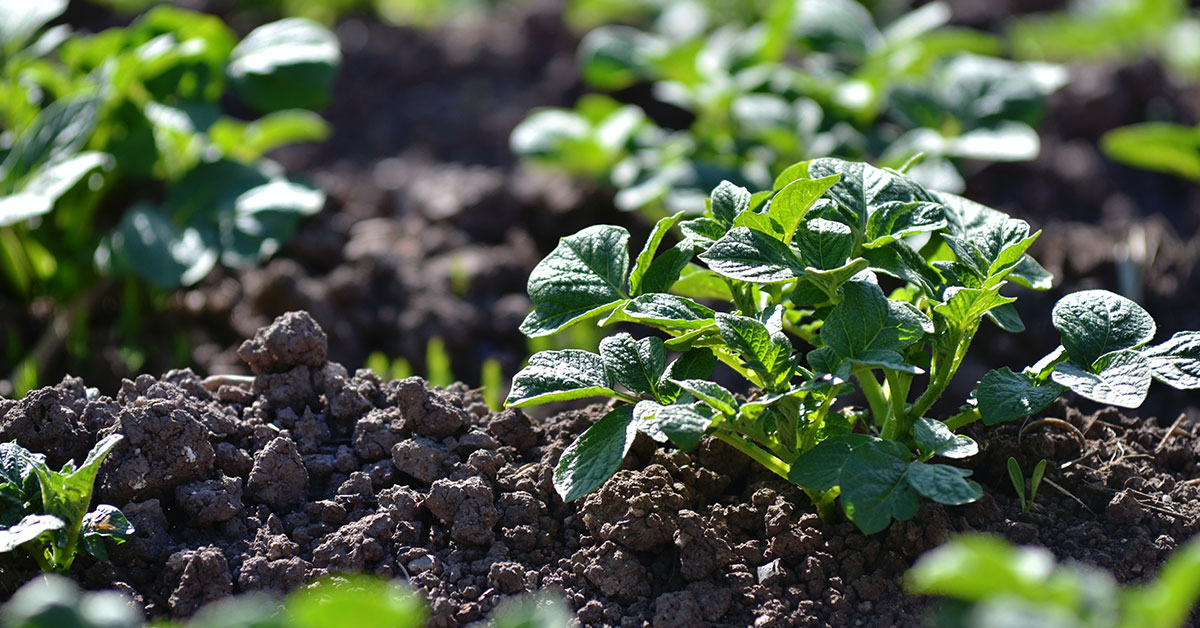Dark Opal Basil is a type of basil that is sure to catch your attention with its stunning dark purple leaves. This herb is not only a treat for the eyes but also for the taste buds. It has a delightful combination of sweet and spicy flavors that can add a unique twist to your meals. It is a versatile herb that can be used in a variety of dishes, from salads to sauces, and even desserts. In this blog, we will explore all the amazing things you can do with Dark Opal Basil and why it should definitely be a part of your herb garden.
What is a Dark Opal Basil?
Dark Opal Basil is a striking plant that belongs to the basil family. It is known for its deep purple leaves that are almost black in color. The plant has a sweet, spicy aroma and taste that is similar to other basil varieties, making it a popular choice for culinary use.
This herb is easy to grow and care for, making it an ideal option for both experienced and novice gardeners. It thrives in warm, sunny locations with well-drained soil and can be grown in containers or directly in the ground.
This unique basil variety is not only known for its culinary uses but also for its ornamental value. Its stunning foliage can add a pop of color to any garden or landscaping project.
If you are looking for a versatile and visually appealing herb to add to your garden, consider Dark Opal Basil. Its stunning appearance and delicious taste make it a favorite among gardeners and chefs alike.
What makes Dark Opal Basil different from other varieties?
Dark Opal Basil is a unique variety of basil that stands out from other varieties due to its striking appearance and distinct flavor. Unlike other basil varieties that have green leaves, Dark Opal Basil boasts deep purple leaves that are velvety to the touch.
But what truly sets it apart is its flavor profile. While other basil varieties have a sweet and slightly spicy taste, this type of basil has a more complex flavor with hints of clove, anise, and cinnamon. This makes it a popular choice for use in many different dishes, including salads, pasta sauces, and even desserts.
Another reason why Dark Opal Basil is different from other basil varieties is its high concentration of anthocyanins. These are natural pigments that give the leaves their deep purple color and also provide numerous health benefits. Anthocyanins have been shown to have anti-inflammatory and antioxidant properties, which can help protect against chronic diseases.
Overall, it is a unique and flavorful variety of basil that is worth trying for any home cook or food enthusiast. Its striking appearance and complex flavor make it a standout ingredient in any dish, and its high concentration of anthocyanins make it a healthy addition to any diet.
How to grow Dark Opal Basil
Dark Opal Basil is a beautiful and flavorful herb that is easy to grow. If you’re interested in cultivating this unique basil variety, here are some tips on how to get started:
- Choose the right location: Dark Opal Basil thrives in warm, sunny areas with well-drained soil. Choose a spot that gets at least six hours of sunlight per day.
- Prepare the soil: Before planting, prepare the soil by adding compost or other organic matter. This will help improve drainage and provide the basil with the nutrients it needs to grow.
- Planting: You can plant Dark Opal Basil from seeds or seedlings. If planting from seeds, sow them about 1/4 inch deep and 6 inches apart. If planting seedlings, space them about 12 inches apart.
- Watering: Basil likes to be consistently moist, so make sure to water regularly. Avoid getting the leaves wet, as this can lead to fungal diseases.
- Fertilizing: Dark Opal Basil benefits from regular fertilization. You can use an all-purpose fertilizer every 4-6 weeks.
- Harvesting: You can start harvesting Dark Opal Basil once it reaches about 6 inches tall. Pinch off individual leaves or cut the stem just above a leaf node. This will encourage bushier growth and ensure a steady supply of fresh basil throughout the growing season.
By following these simple steps, you’ll be able to enjoy the beauty and flavor of Dark Opal Basil in your own garden.
Growing tips
These additional growing tips will help you grow a bodacious basil crop every year:
- Plant in the right location: Dark Opal Basil thrives in well-drained soil with plenty of sun exposure. Make sure to plant it in a location that receives at least six hours of direct sunlight per day.
- Water regularly: Basil plants need regular watering, but be careful not to overwater. Allow the soil to dry out slightly between watering to prevent root rot.
- Fertilize appropriately: Basil plants benefit from regular feeding with a balanced fertilizer. Avoid using high-nitrogen fertilizers, as this can cause the plant to produce fewer leaves and more flowers.
- Pinch back regularly: Dark Opal Basil benefits from regular pinching back to encourage bushier growth and prevent the plant from becoming too leggy. Pinch back the tips of the plant when it reaches about 6 inches in height.
- Harvest regularly: Harvesting the leaves regularly promotes new growth and prevents the plant from going to seed too quickly. Use sharp scissors to snip off the leaves, taking care not to damage the stem.
With these tips, you should be able to grow beautiful and healthy Dark Opal Basil plants in your garden. Enjoy the delicious and aromatic leaves in your favorite recipes!
Common problems
Growing this herb may not be as easy as it looks, and it requires proper care and attention to thrive. In this blog section, we will discuss some common problems that you may encounter when growing Dark Opal Basil and how to address them.
- Poor Soil Quality: Dark Opal Basil requires well-draining soil with a pH level of 6.0 to 7.5. If the soil is too acidic or alkaline, it can affect the growth of the plant. To ensure that your plant is growing in the right soil conditions, you can add some organic matter such as compost or aged manure to improve soil quality.
- Overwatering: Basil plants, including this variety, require regular watering, but overwatering can cause root rot and other fungal diseases. To prevent this, make sure to water your plant only when the top inch of soil is dry. Also, avoid getting water on the leaves, as it can lead to fungal infections.
- Pests: Dark Opal Basil is susceptible to pests such as aphids, spider mites, and whiteflies. These pests can cause damage to the leaves and affect the overall health of the plant. To prevent pest infestations, you can use insecticidal soap or neem oil, which are natural and safe options for controlling pests.
- Lack of Sunlight: Basil plants require at least six hours of sunlight per day to grow properly. If your plant is not getting enough sunlight, it can cause stunted growth and poor flavor. To ensure that your plant is getting enough sunlight, place it in a location that receives full sun for most of the day.
In conclusion, growing Dark Opal Basil can be a rewarding experience, but it requires proper care and attention. By addressing these common problems, you can ensure that your plant is healthy and thriving. With the right conditions, you can enjoy a bountiful harvest of this beautiful and flavorful herb.
Uses
Dark Opal Basil is a versatile herb that has several uses in cooking, medicine, and ornamental purposes. Let’s dive into some of the most popular ways it can be used.
Culinary Uses:
This herb has a strong and distinctive flavor that makes it a popular choice for cooking. It can be used fresh or dried and is often added to sauces, soups, stews, and marinades. This variety of basil is particularly well-suited for Italian and Mediterranean dishes, where its rich purple leaves can add an attractive color contrast to the dish. Additionally, it can be used to make flavorful pesto or added to salads.
Medicinal Uses:
It has been used for medicinal purposes for centuries. Its essential oils contain high levels of antioxidants and anti-inflammatory compounds, making it a natural remedy for a variety of ailments. It is believed to help with digestive issues, respiratory problems, and skin conditions. It can also be used as a natural insect repellent.
Ornamental Uses:
Dark Opal Basil is a visually striking herb that can add a pop of color to any garden or windowsill. Its deep purple leaves are a beautiful contrast to other green herbs and plants. It can be grown in containers or directly in the ground and is relatively easy to care for. It is also a popular choice for floral arrangements and can be used to add a unique touch to bouquets.
Dark Opal Basil is a versatile herb that has several uses in cooking, medicine, and ornamental purposes. Its unique flavor, health benefits, and visual appeal make it an excellent addition to any garden or kitchen.
